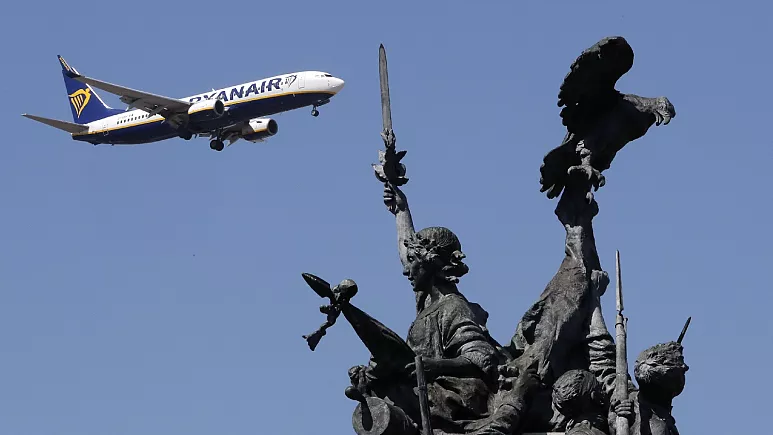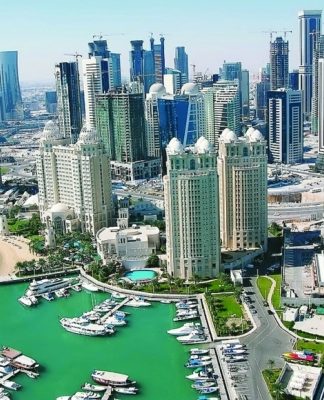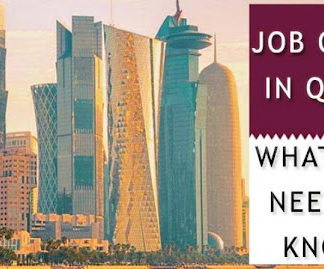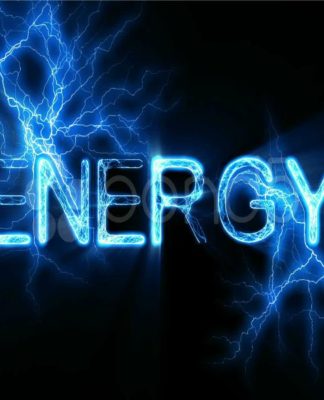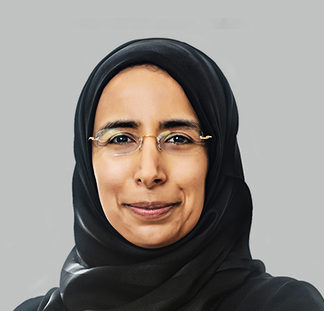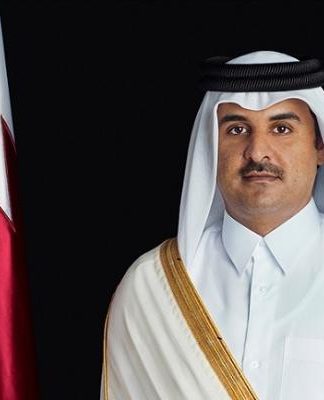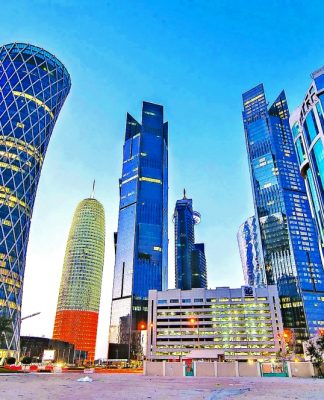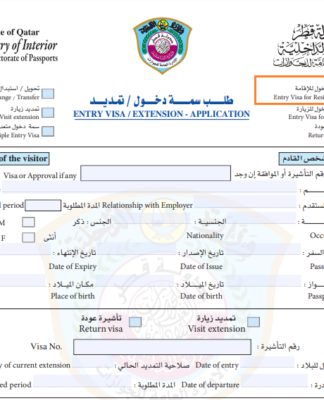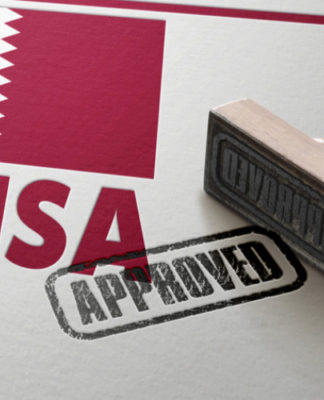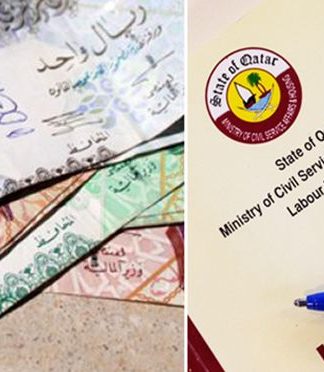My Europe
EUROPE NEWS
Here’s how the EU wants to make your flight greener Access to the commentsCOMMENTS
A Ryanair airplane approaching landing at Lisbon airport flies past the Monument to the Heroes of the Peninsular War, in the foreground, Aug. 21, 2019.
A Ryanair airplane approaching landing at Lisbon airport flies past the Monument to the Heroes of the Peninsular War, in the foreground, Aug. 21, 2019. – Copyright AP Photo/Armando Franca
By Euronews • Updated: 26/04/2023 – 10:38
Negotiators from the European Parliament and the European Council on Monday reached a deal that aims to decarbonise the aviation sector.
The key measure under the ReFuelEU Aviation deal is that the sector will have to progressively blend in more sustainable aviation fuels (SAF) with kerosene.
SAF should therefore account for 2% of fuel supplied at EU airports by 2025 but increase to reach 70% by 2050. Additionally, the new EU jet fuel blend will need to also contain a minimum share of the most modern and environmentally-friendly synthetic fuels, which increases over time.
This measure alone is projected to slash aircraft CO2 emissions by around two-thirds by 2050 compared to a “no-action” scenario, according to the European Commission.
Furthermore, aircraft operators departing from EU airports will now be called upon to only refuel when necessary for the flight and not over-fuel in order to avoid refuelling with SAF. This practice, known as “tankering” can lead to more emissions per flight because of the extra weight or carbon leakage.
EU airports will also have to ensure their fuelling infrastructure is available and fit for SAF distribution.
An EU label for the environmental performance of flights will meanwhile be rolled out in 2025 under which airlines will have to indicate the expected carbon footprint per passenger and the expected CO2 efficiency per kilometre of their flights to allow passengers to compare how different companies perform on the same route.
Finally, any revenue raised from non-compliance fines from airlines, airports or fuel suppliers is to be redirected to research and innovation into bridging the price difference between sustainable and conventional fuels.
European Commissioner for Transport Adina Vălean, welcomed the agreement as “a turning point for European aviation, putting it on a solid pathway towards decarbonisation.”
“Shifting to sustainable aviation fuels will improve our energy security, while reducing reliance on fossil fuel imports. These kinds of measures help make Europe a front-runner in the production of innovative clean fuels, globally. We estimate that the SAF market will create more than 200,000 additional jobs in the EU, mainly in the renewables sector,” she added.
Spanish MEP José Ramón Bauzá Díaz (Renew), the EU Parliament rapporteur on the file, said that with the deal “we have created a level playing field through harmonised rules and preserved EU air connectivity. With this regulation, the decarbonisation of aviation becomes closer.”
The agreement, which now needs to be formally endorsed by MEPs and member states, is part of the Fit for 55 regulation that aims to reduce EU emissions by at least 55% by 2030 and for the bloc to become carbon-neutral by mid-century.
Slashing emissions from the transport sector is seen as crucial as it is the second-largest emitting sector in the 27-country bloc, accounting for over a quarter of all emissions.
Aviation makes up over 13% of all transport emissions, second only to road transport, and had its emissions growing by 5% year-on-year between 2013 and 2019 before the COVID-19 pandemic ground the sector to a halt.














